CURRY LEAF TREE - Essential or Pest?
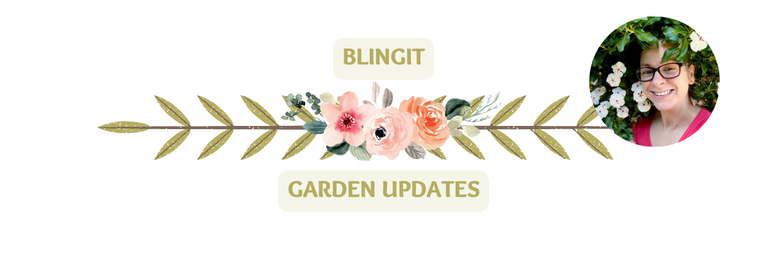
HI folks,
This blog is all about creating an urban garden in a previously grass and concrete lot in suburban Australia. Today we are not doing a tour, but rather an information post on one of my "pet" trees, the CURRY LEAF TREE. Not to be confused with the curry plant (that you get at bunnings in australia) it is NOT the same at all.
Here is a discussion over growing the Curry Leaf Tree in Australia. We will discuss the plant, what to use it for, growing conditions and also a discussion about the potential "weed" problems associated with growing this fabulous tasty useful tree.
As there is some concerns about its "weed" status here as it is not native.
Thanks to my husband (who has a lot more university level knowledge of this than i do.)
PLEASE NOTE: that my curry tree is well "dwarf" due to being contained and these are normally 6m high. but "its the leaves you want"
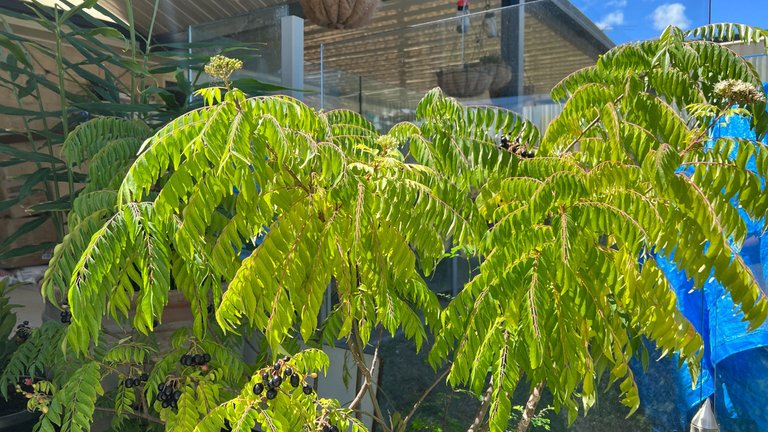
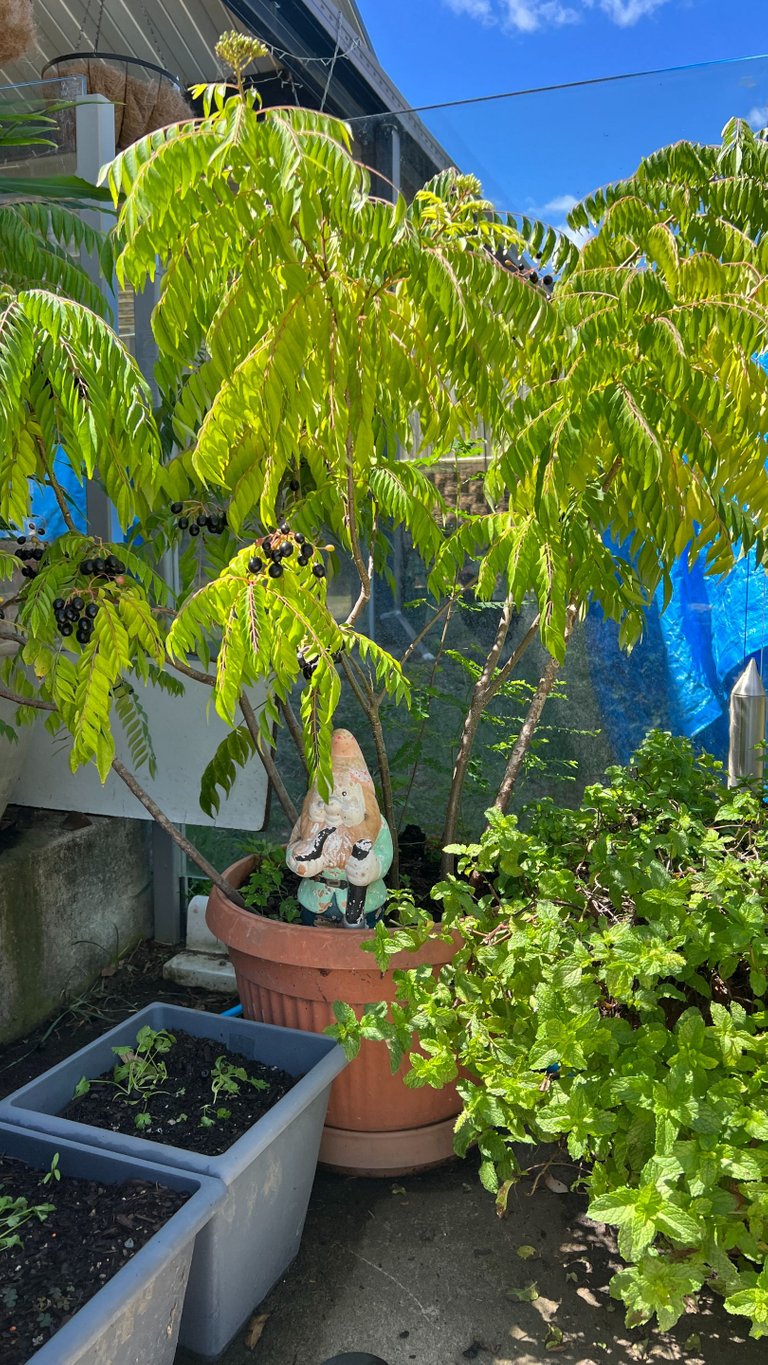
WHAT IS THE CURRY LEAF TREE
The curry leaf tree, also known as Murraya koenigii, is a small tropical tree that is native to India and Sri Lanka. It is a member of the citrus family, and its leaves have a fragrant, spicy aroma that is a key ingredient in many Indian dishes.I LOVE these leaves, and there is nothing better than adding them in hot oils with mustard seeds at the start of a fish curry... yummy.
I might leave a recipe in the comments...
The tree is usually grown in tropical or subtropical regions, and it can grow up to 6 meters tall in the right conditions. The leaves are small, dark green, and glossy, with a characteristic curved shape. They grow just fine here in Brisbane and further north. Ive tried to kill it with neglect several times... to no avail. My tip.. even if a tad neglected the leaves taste the same
In addition to its culinary uses, the curry leaf tree is also valued for its medicinal properties. The leaves contain essential oils and compounds that have been shown to have anti-inflammatory, antimicrobial, and antioxidant effects. They are used in traditional medicine to treat a variety of condittions, including digestive issues, skin disorders, and diabetes. But we grow it for taste.
Growing a curry leaf tree requires warm temperatures, plenty of sunlight, and well-draining soil. It can be grown in a pot or in the ground, but it does best in a warm, humid climate. Regular pruning is also important to keep the tree healthy and manageable. We have our tree in a large pot near the pool. As we live in Brisbane Queensland its all good. we DO get a light frost every now and again, but its been fine.
Overall, the curry leaf tree is a versatile and useful plant that is valued for its culinary and medicinal properties. Whether you're using it to flavor a curry or treating a skin condition, the leaves of this tree are a valuable resource.
Here are some key points to consider for the curry leaf tree in Australia:
Climate: Curry leaf trees prefer warm, humid conditions and are frost-sensitive. They require a minimum temperature of around 15°C to survive and thrive. In cooler regions, the tree can be grown in a greenhouse or indoors. Or we have our one just under the house eaves.. it helps.
Soil: The curry leaf tree prefers well-draining, fertile soil that is rich in organic matter. The pH level of the soil should be between 6.0 and 7.5. The soil should be kept moist but not waterlogged. We just add a handful of compost every now and then. Seriously.. we can't kill it.
Fertilizer: Fertilizer can be applied during the growing season (spring and summer) to promote healthy growth. A balanced fertilizer with a higher nitrogen content is recommended. But again see point above.
Watering: The curry leaf tree requires regular watering, especially during hot and dry periods. However, overwatering should be avoided as it can lead to root rot. Again... pretty hardy once established.
Pruning: Regular pruning can help to maintain the shape and size of the tree, as well as to promote new growth. Pruning should be done during the dormant season (winter) to avoid damaging the tree. As ours is in a pot, the only pruning it gets is when we use the leaves and remove the berries.
Harvesting: Curry leaves can be harvested from the tree as needed. It is recommended to pick the leaves from the outer branches, leaving the inner branches to continue growing. Fresh curry leaves can be stored in the refrigerator for up to two weeks, or they can be dried and stored for longer periods. Seriously just try shredding a branch in your hands... the smell... OMG.. its worth growing just for this. SOOOO pungent and delicious.
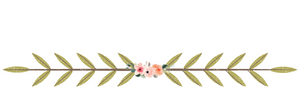
DID YOU KNOW, that IT IS CONSIDERED A PEST?
The curry leaf tree is classified as a Weed of National Significance (WoNS) in Australia. This means that it has been recognized as a significant threat to the environment and economy, and efforts are being made to manage and control its spread. They don't want it out in the environment, as our conditions here are so similar to its natural habitat it has the chance to threaten our native areas.
Authorities such as the Department of Agriculture, Water and the Environment, encourage people to plant responsibly and avoid planting invasive species like the curry leaf tree. They also recommend removing any curry leaf trees that are growing in bushland areas, as well as preventing the spread of seeds and other plant material.
Efforts are also being made to research the impact of the curry leaf tree on the environment and develop strategies for controlling its spread. For example, studies have been conducted to investigate the use of biological control methods, such as introducing natural predators or pathogens, to manage the spread of the curry leaf tree.
Overall, the Australian government and environmental organizations are taking the threat of the curry leaf tree seriously and working to minimize its impact on the local ecosystem.

WHAT TO DO ABOUT THIS..
Now on the one hand, i love this tree. It is essential in Indian cooking and it is just amazing. On the other hand, i don't want my tree to cause a problem in the environment. I think that as long as you plant responsibly you should be able to enjoy this plant. But again, it is something to take into consideration. PLANT and CARE RESPONSIBLY!
I think if you own or plant a curry leaf tree you should be aware of this information

WHY IS IT A PEST
Firstly, the curry leaf tree produces small fruits that contain seeds, which can be spread by animals, birds, and water. The birds LOVE THE DELICIOUS plump dark seeds. so they are a prime target for eating.
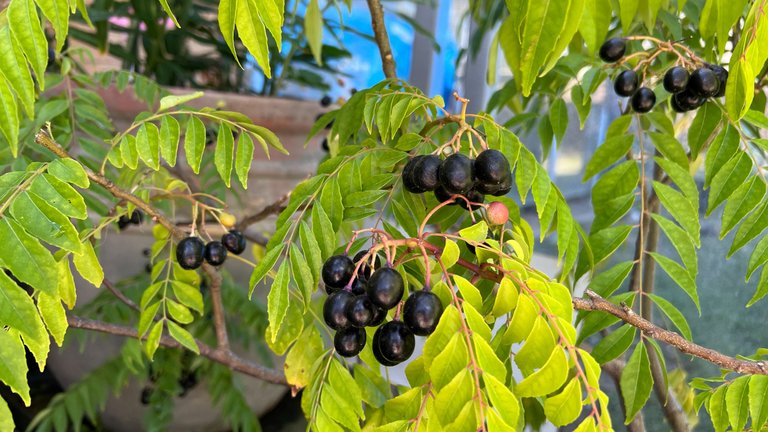
This makes it easy for the plant to grow and spread in new areas. Once it's established, it grows quickly and competes with native plants for resources, which can lead to a decline in biodiversity. Our habit is just so similar and it grows so fast.
Another issue is that the curry leaf tree produces chemicals that can harm other plants. This can make it difficult for native vegetation to grow, further reducing biodiversity and ecosystem function. Again a point to note for planting IN a garden.
BasicallY The curry leaf tree produces allelopathic chemicals in the leaves, bark, and root, compounds that can inhibit the growth of other plants. These compounds, which are alkaloids and flavonoids, can be released into the surrounding soil or air and have a toxic effect on nearby plants.
The allelopathic chemicals produced by the curry leaf tree can also affect the soil microbial community, which can further impact the growth and health of other plants in the area.
So perhaps if things are not growing around it.. that is why.
Finally, the tree can modify the habitat of native animals by altering the structure and composition of the vegetation. This can impact the availability of food and shelter for native fauna, potentially leading to population declines or even local extinctions. Not a problem IN YOUR garden... but one if it escapes and becomes rampant.
Overall, the curry leaf tree can have a significant impact on bushland areas in Australia. Management strategies such as physical removal, herbicide application, and biological control are necessary to prevent the tree from spreading and impacting native ecosystems. I mean if you change the plants in the forest... The wildlife changes too. Its a point to note.

WHAT YOU CAN DO IN YOUR GARDEN
I keep thinking of that add "gamble responsibly.." and how really it should be "garden responsibly".. lol
As someone who grows curry leaf in their own small suburban backyard, I understand the importance of controlling the spread of this plant while still enjoying its delicious leaves. Here are some tips that I follow to keep my curry leaf tree contained:
Firstly, I remove the seeds when they are still green and have not yet turned black. This ensures that the seeds don't fall and spread, which helps prevent the tree from becoming invasive in my local environment. Sometimes i forget, as as i write this article i have run outside and realised i have a few on the tree.. "cries" Off to the the snippers.

Remove at/before this stage
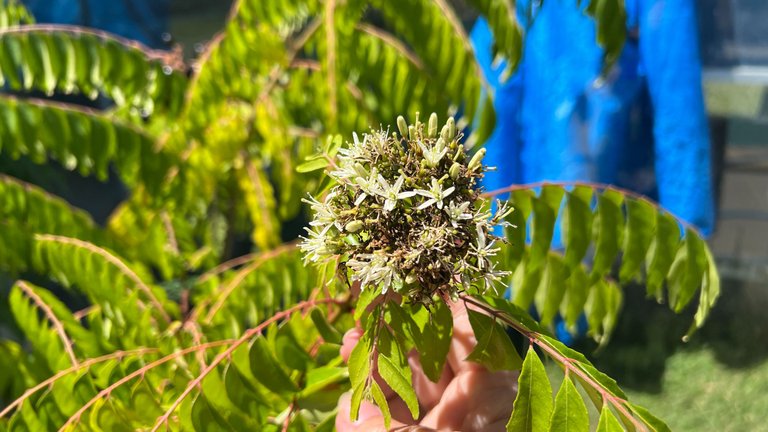
These are too "flowers" and if you remove they will make more
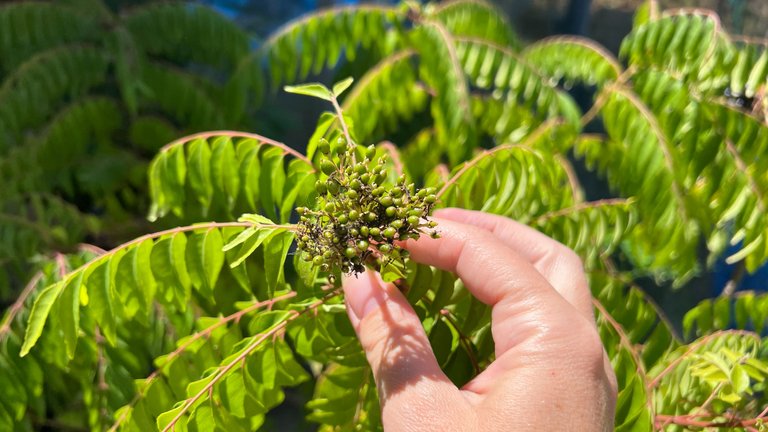
maybe remove or leave another week. Just get them off before black
Secondly, I keep my curry leaf tree small by regularly pruning it. This not only prevents the tree from spreading too much, but it also helps keep the leaves within reach for harvesting. As its in a pot and i take bad care of it (lol) this keeps it small.
Thirdly, I grow my curry leaf tree in a pot rather than in the ground. This makes it easier to control its growth and movement, and also means I can move it around to take advantage of different sunlight and weather conditions.
Fourthly, I remove any saplings that emerge from the base of the main tree. This stops them from growing into new plants and helps keep the tree contained. Although this is really only for pot root management, in the ground this would be more important.
Finally, I never remove the flowers from my curry leaf tree. These flowers are essential for pollination and removing them would only encourage the tree to produce more in an attempt to reproduce. if you take the flowers off the tree goes "WHOA LET MAKE MORE FLOWERS" which means more seeds.
By following these tips, I've been able to successfully grow and enjoy curry leaf without worrying about it spreading into the local environment. Fingers crossed. I love this plant and hope its not declared ILLEGAL or anything. That would make me sad. its just so tasty

CONCLUDING MESSAGES
Anyway i hope you found this interesting, and im sorry i rabbited on a bit, gosh, once i get writting on a topic.. lol.. nothing stops me. Yikes.
anwyay
happy gardening
Sarah
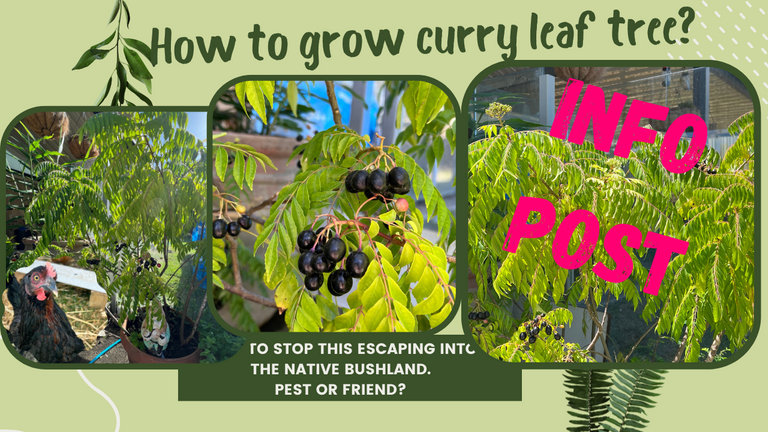

So for those of you that know this... skip to the June Update section.
We have been in this house for 6 years now and it is a concrete wastleland of concrete and grass with a pool. we decided that this needs to change and are creating a little urban farm in.
We had a very GREEN back garden but it was just yukka plants. AND they planted this big rooted trees right on top of retaining walls. They are huge and are pushing on the walls. They needed to come out. Roots and all down into the earth we had to go...
You can see here the view when we moved in.,... green... but not "pretty and productive.."
Certainly no biodiversity. Not good for bees. Just green yick.

WHAT ARE WE CREATING?
We are trying to create a little mini urban farm.
- Fruit and vegetables
- Chickens Worms and Mealworms
- flowers
- Bee haven and maybe bees
- biodiversity
- pesticide free where possible
- native plants as well. So not JUST food but also food for the insects that will live in the garden.
So i would love it if you would follow along
Anyway thanks so much for stopping along and reading my posts I am just loving my HIVE experience so far. Such a fun platform for sure.
For those that don't know my i'm currently focusing on Daily painting and somewhat amusing my self and my family with Acrylic pouring.. lol.. i wish i had a separate studio for that as it is so messy.
My other HIVE interests are:
- cooking
sunset photography (i take photos of the sky every night)
Art
Graphic Design
Gardening (just a smidgion)
Ballet
Sewing - I make Tutus and ballet costumes too...
Here are a couple of snaps of some of the stuff i do outside what you see up in the posts above.


So many plants here are invasive! I'm not convinced on introducing pests or viruses to control them, either after past attempts at that kind of thing went a bit awry (cough cane toads). Quite a few of these types of plants are edible, so I often wonder if people should be made more aware of it and encouraged to harvest liberally. Maybe if we made them a delicacy that procured a good price they'd be harvested to near extinction here. 😆
I'm sure I could kill one of these, but then I'd have assistance with the SA climate not really being suitable for them.
In curious how you were able to obtain one, as I'm guessing you wouldn't exactly be able to buy them in a garden centre?
agggg toads.... i was surprised by one this morning... it jumped out at me... yick!!
as for the curry tree.. it was a cutting from and Indian friend... same as the turmeric :-)
they grow pretty easily it seems...
So @minismallholding, i did some digging and it appears you can indeed buy them here in online nurseries, however they are so easy to grow i would only take cuttings i think...
They are so tasty... i'm planning on making my fish curry tomorrow... curry leaves, mustard, chili, tomato, onion and some fish.. yummy although this would be quite nice as vegetarian with just zuchini and eggplant chunks perhaps..
The fruits have a taste all of their own too 😜
I have never tried them, i thought they were toxic, or not super toxic, but not good for you????
Its such a nice plant though... i love going past and grabing a few to smell.. lol
It is a great plant. I've eaten the berries occasionally for a long time with no ill effects. Don't know if they're poisonous for some people.
https://leofinance.io/threads/@multifacetas/re-leothreads-2ccyvujjd
The rewards earned on this comment will go directly to the people ( multifacetas ) sharing the post on LeoThreads,LikeTu,dBuzz.
🤣
Well written post on invasive species. The curry leaf tree looks like two invasive species I dispise and remove immediately if I see them - sumac and buckthorn. The leaf structure is like sumac and the fruit looks like buckthorn. Ok thats just a random similarity lol but invasive species can be tough to contain. People here in Vermont like sumac because it turns colors nicely in the fall but it grows and spreads like crazy. I cut a bunch down starting a year ago but it will take persistent culling to eliminate as it will keep coming back for several seasons.